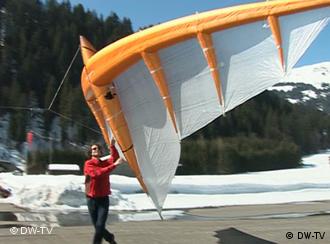ARP wrote:I think you will find that birds use their tails in various ways at different stages of flight.
Yes and no.
Yes, different birds use their tail in various ways for various purposes.
But I was specifically referring to big soaring birds during soar. Small birds operate in a different regime of Reynolds numbers. And moves which involve flapping, or major reconfiguration of the wing cannot be replicated by our gliders. And after all, who would not like to soar like an eagle, a condor or an albatross? When I was researching how these big birds initiate a controlled turn, I skipped through literally hundreds of videos and images. And I watched a few birds in nature, too. None of them used their tail the way human planes do. That is, put it at a lower angle of attack than the main wing.
Sea birds tuck their tail away as much as they possibly can when on cruise. So they are out of the tail game. The large land birds by contrast have their tail unfolded when they soar. The hawk image on the upper left of this forum provides a perfect example. They actively rotate their tail the other when they start a turn. This can be seen in this remarkable video by the BBC:
When they start coordinated turns, the condors use the tail to compensate the adverse yaw by wing warping. This can only work if the tail is at a significant positive angle of attack. Tail planes on aircraft are configured for close to zero or even negative angle of attack. This is a necessity if the tail is to provide pitch stability.
It is able to move in sync with the billow shift of the sail to give a rudder effect to enhance turning.
Billow shift induces adverse yaw in addition to the desired roll. So you intend to pull a similar trick as the condors?
Lilienthal, Pilcher and Chanute all employed tail planes that floated up. This can be seen in a video of Stephan Nitsch's replica :- https://www.youtube.com/watch?v=mpDrGLF51SY
Very nice footage!
I noticed a familiar guest pilot name in the closing credits...
The tail of the Lilienthal glider did indeed go up very visibly. It has a bottom stop, though. Looks like the tail was meant to prevent a sudden dive but deliberately allow to pitch up.
In my version the tail was fixed as I feared that no corrective force would allow the wing to pitch up too much and stall. The very thing that killed Lilienthal.
That's why I proposed to unlock the tail only at flare time.
---<)kaimartin(>---
 Home
Home


